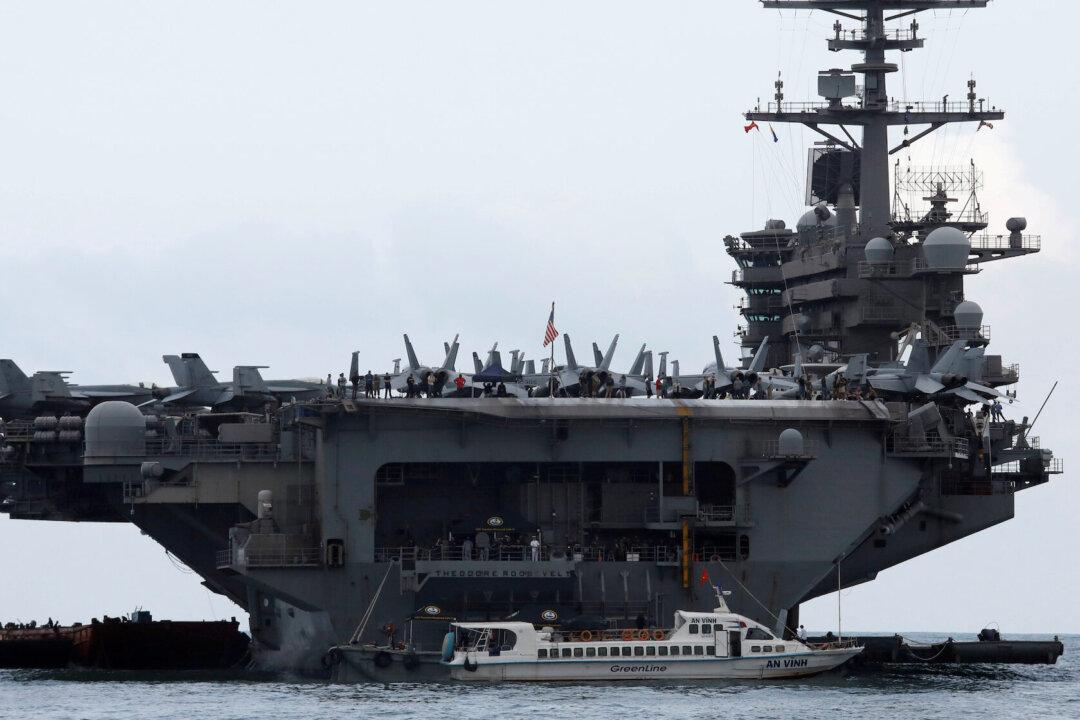All of the crew on the virus-hit U.S. aircraft carrier have now been tested, with over 800 positive results, one month after the first case of CCP virus onboard was identified.
“As of today, 100 percent of USS Theodore Roosevelt (CVN 71) crewmembers have been tested for COVID-19, with 840 total positive and 4,098 negative results (a small number of results are still pending),” said an April 23 Navy statement.





